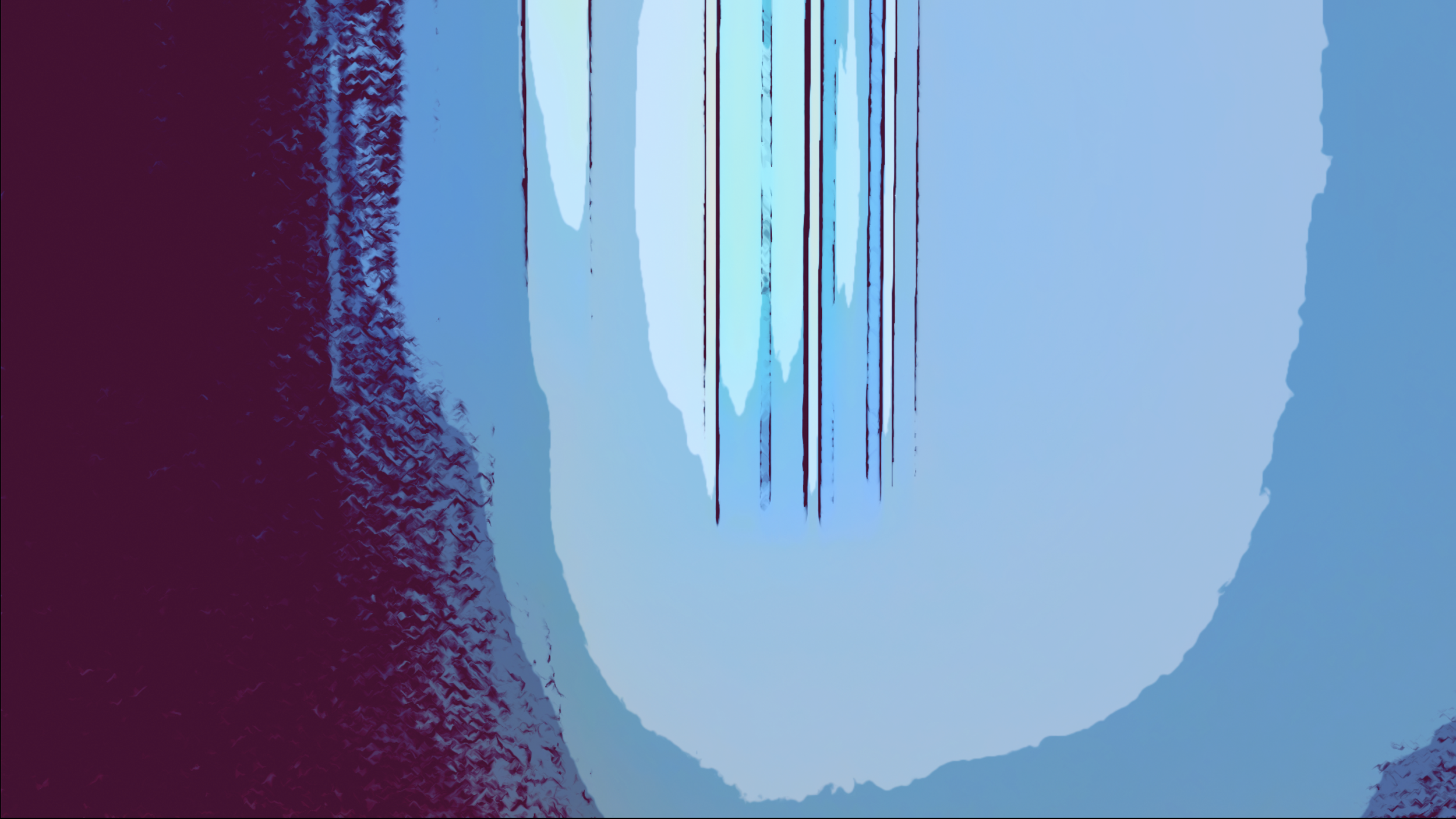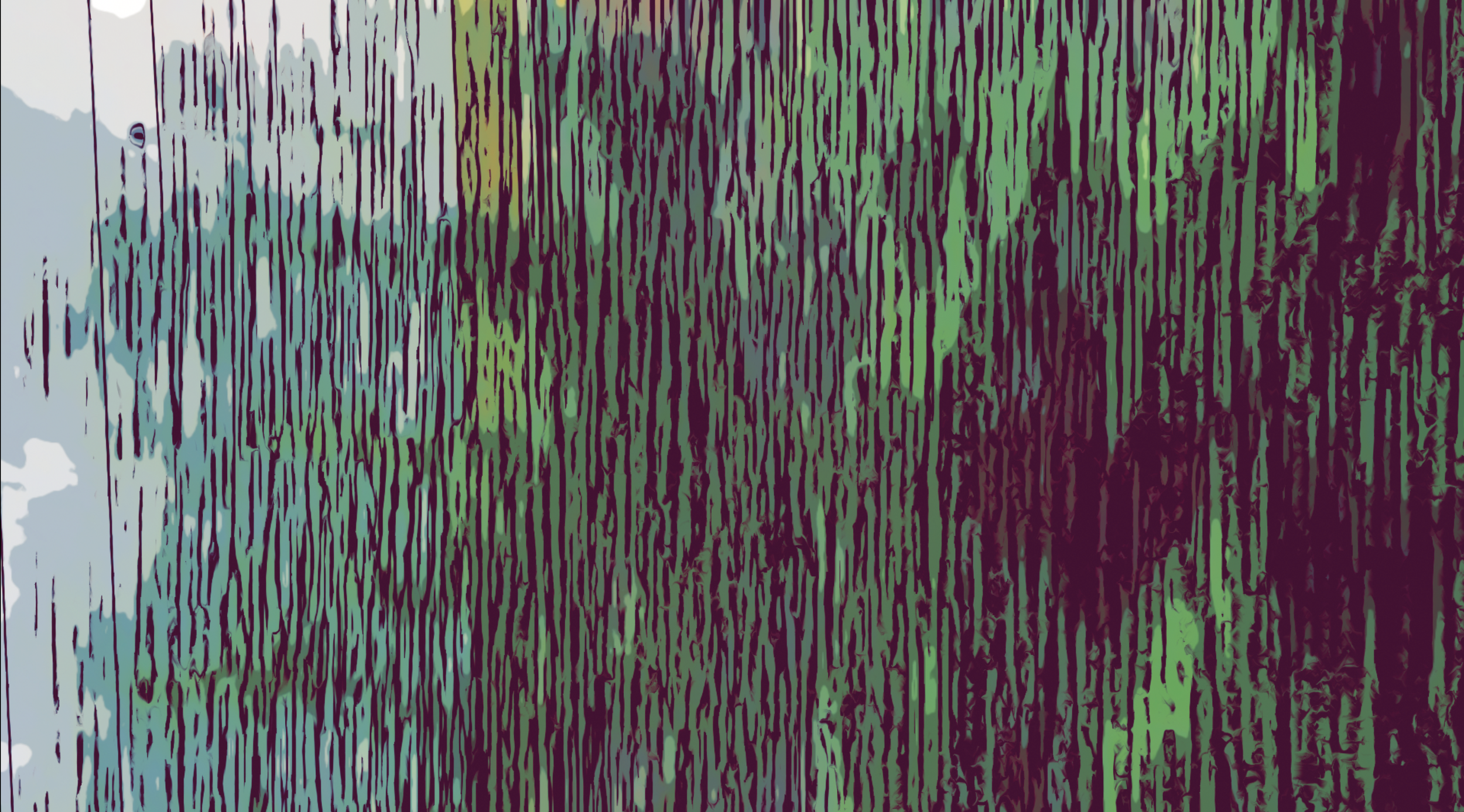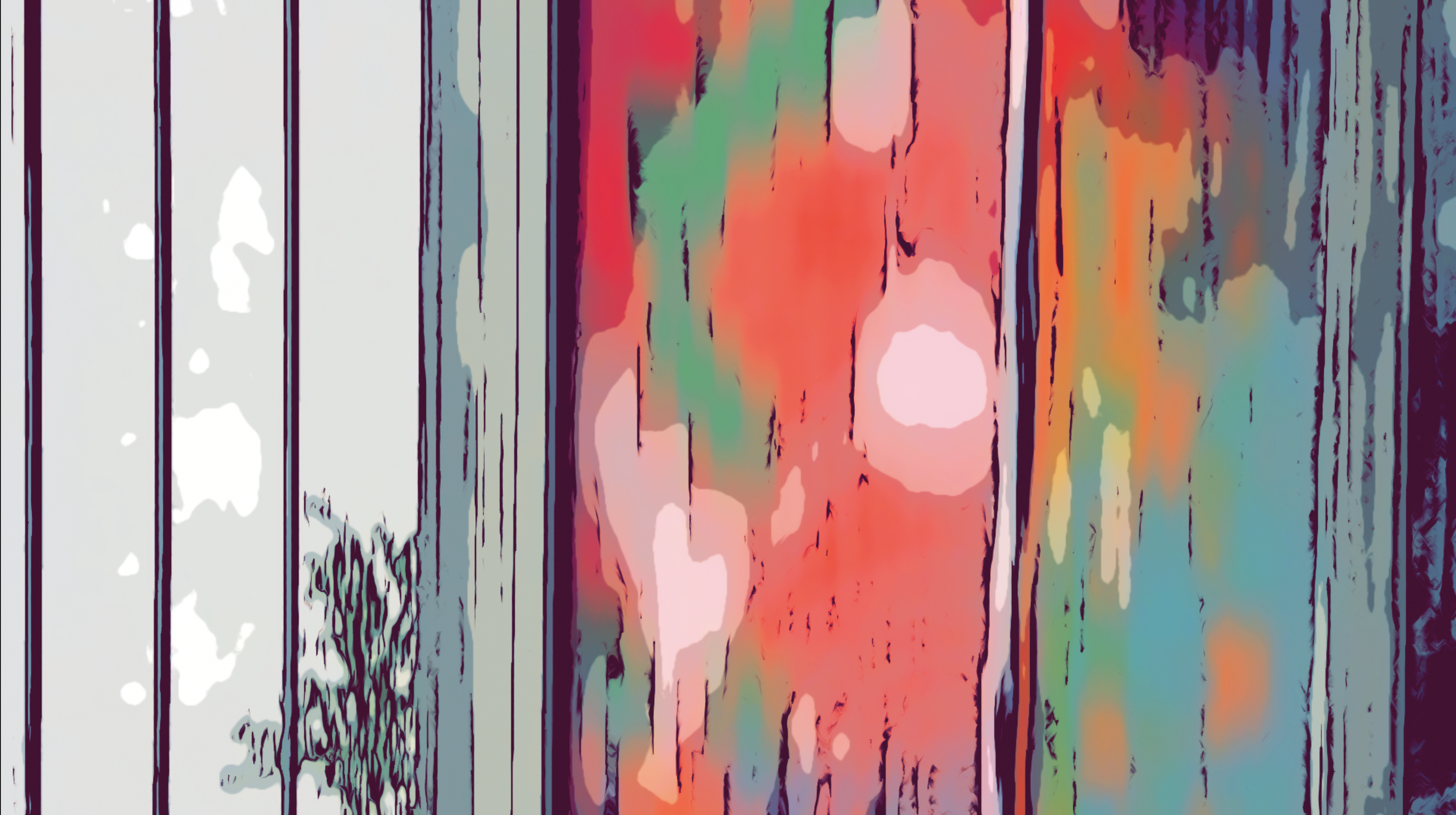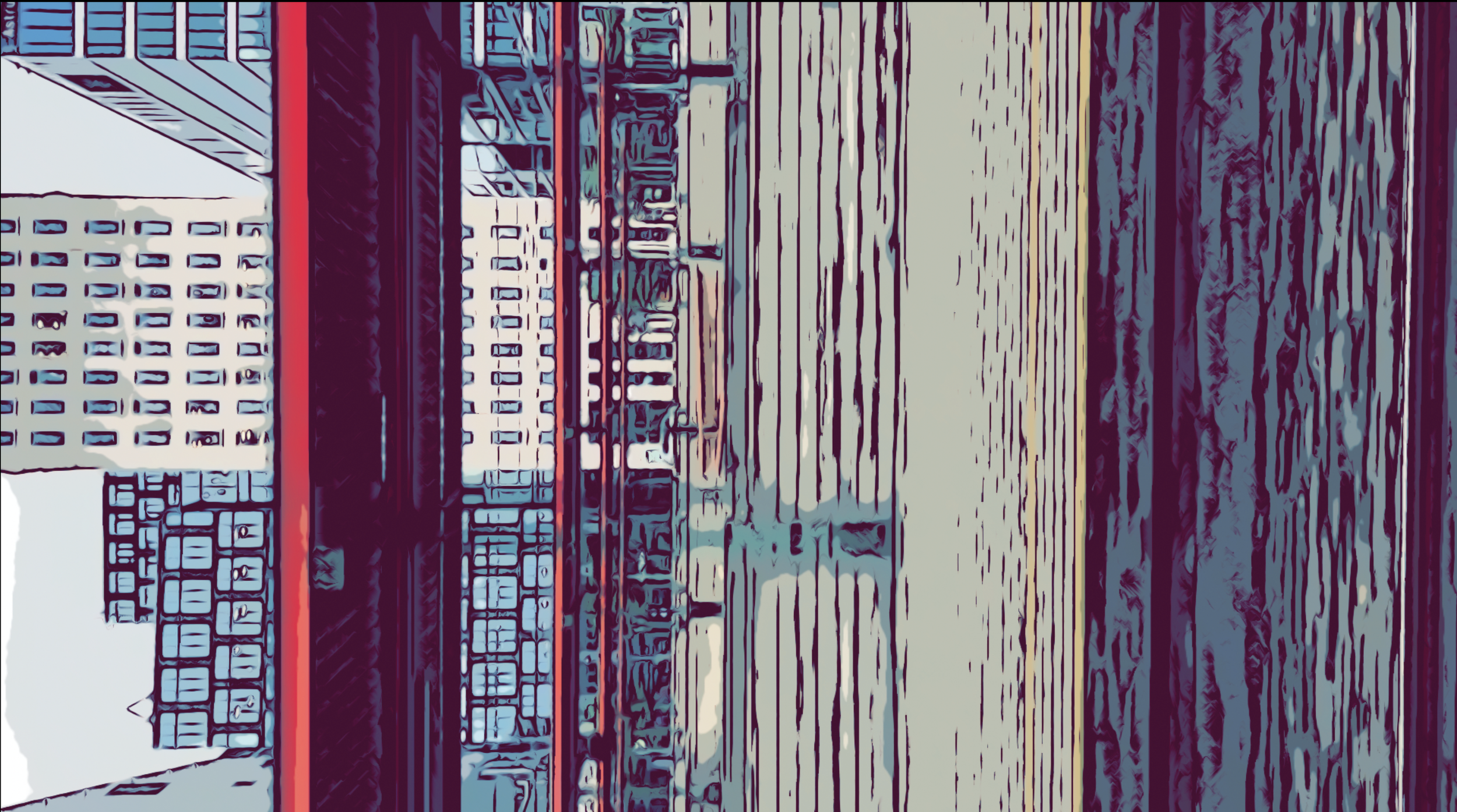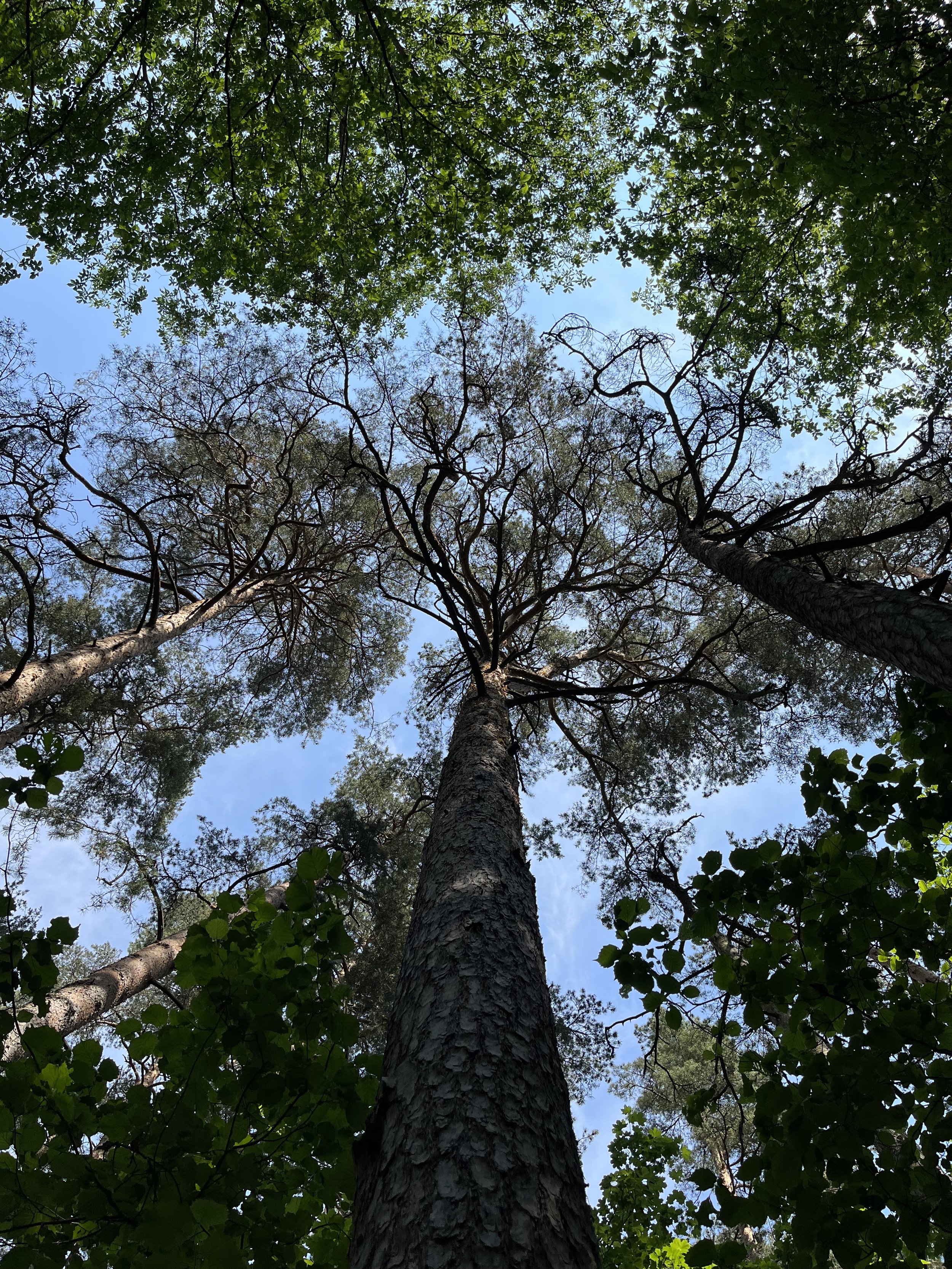My Composing Process: OSLO (2024)
Dear Readers,
During June of 2024, I was based in Copenhagen, Denmark. One weekend, I decided to travel up to Oslo. It was my first time in Norway, a place I’d always wanted to visit. While traveling back to the airport (which is located north of the city) I took a video with my phone of the Oslo landscape zipping by. At one point while I was filming, we entered into a long tunnel and all I could see were lights zipping by in a rhythmic way. I help my phone up, for five minutes, until we emerged back into the light.
Ever since I took that video, I envisioned a piece of music that switched gear once we arrive into the tunnel. I started to write a view sketches but nothing stuck. Then, in February 2024 I started writing a new piece in my computer which I called “FunSoundingThing”. It eventually became “OSLO”.
Let’s see how I made it.
Getting the Rhythm Started
I began “OSLO” with an empty Logic session. I believe in beginning pieces with a blank slate so each composition has its own unique sound. The first thing I did was create a rhythm that the piece could be based around. I started with three sample instruments, which formed the basis for the rhythm. The three sample instruments were made out of: a pin art toy, me kicking rushes in my front yard and the gear stick squeaking in my father’s Karmann Ghia. This rhythm ended up sounding like this:
When I created this pattern, I accidentally played in a 9th bar to the pattern. I was going to cut it down to 8, but then realized having an extra bar could work perfectly. I knew it needed to add drums. So I added a drum line and had the kick and snare stop on the 9th bar. It was like a musical hiccup. Perfect. Things were taking shape.
Creating A Catchy Theme
Once I had the rhythm crafted, it was time to start improvising. I pulled up at random the Foghorn instrument from Spitfire Labs. Picked the Deeps instrument and played a bass line that traveled from C major to Eb major.
This bass line is based around the usage up up-beats (the & in 1&2&3&4&). You can see the third note hits an upbeat and so does the fourth, fifth and sixth. The change from C to Eb is jarring, as is the additional crazy 9th measure. I doubled this bass line with a mandolin, moon guitar and low bass (with a hi-cut filter to really accentuate the low end of the bass).
Next up was to add a counter-melody to this bass line:
It almost resembles the bass line with a few key differences: It does not have as many up-beat hits, causing it to clash rhythmically in a wonderful way with the bass line. It also plays an E natural note at the exact moment that the bass plays an E flat, creating a lovely dissonance. At other points though the two line up perfectly. I have this countermelody played played by the Uilleann Pipes instrument from Spitfire Labs (specifically the ornamentation one) and the Labs electric piano.
Here is what both bass lines sound like together:
To accent the crazy 9th measure, I included a Charango, and two different Uilleann Pipes tracks playing dissonant cluster notes on the down beat. This mainly acts as a nice bit of momentum leading into the next repetition of the bass line.
The main melody came soon after all of this development. I picked out the jazz guitar from the Kontakt Factory Selection and started improvising. I eventually landed on this melody:
This theme has its own countermelody. These are the chromatic lines in measure 2, 4, 6 and 8. They act as a response to the high G note that the melody plays. I think of them as a sonic waterfall of sorts. There is a bizrre relationship between major and minor in this melody. The first measure declares we are in C major with the presence of E natural. But in measure two, the waterfall plays Eb and Bb (lining up with the change in Eb major in the bass line). In the crazy measure 9, we actually play THREE flats (Bb, Ab and Gb), really clashing with the supposed C major home base. This confusion around major and minor makes the music sound off kilter and fun.
Further Orchestration
I’m a big woodwind person (I’ve played the flute since I was 11). I definitely heard the need for WW in this musical texture. So I had staccato clarinets play the countermelody part of the main theme (the waterfall) and the flutes and piccolos played the main theme. They both worked beautifully together. I also included flutes playing in a flutter technique on the crazy 9th measure to blend nicely with the charango and pipes.
And of course I needed bongos. Obviously. They worked perfectly with the drum tracks and they got to play sixteenth notes during the crazy 9th measure.
Shaping “Oslo”
Once I had all the different elements, it was all about shaping the piece to properly tell a musical story. This piece is centered around repetition and the goal was to have things repeat but for it to never feel stale.
So the piece is laid out like this: sampled sounds + kick and snare + hi hat + bass line (bass and deep) +bass line (mandolin and moon guitar) + bass line countermelody (electric piano) + Main Theme + Main Theme (clarinets and flutes) + Main Theme (added piccolo) + BREAKDOWN! (change to Eb major with Deeps solo and then Jazz Guitar solo) + bass line counter melody reprise + STOP! + Main Theme reprise + SUDDEN END!
You can see the additive nature of the piece below:
The breakdown section came about because I wanted some kind of change in the piece. So I wanted both a key change and a texture change. I moved it up to Eb major, which meant that the bass line would travel from Eb to Gb (same distance from C to Eb). The picked bass arrived (playing lovely triplets) and the suspended cymbals and other interconnect drum rhythms kicked in. The electric keyboard (previously playing the bass line countermelody) just plays variations of Eb and Gb chords. The mandolin, moon guitar, deeps and high woodwinds do the same once the jazz guitar solo starts. The Deeps solo was entirely improvised on my little XKey keyboard, as was the jazz guitar solo. I focused on the gestural aspect of the music and not necessarily the notes. In the jazz guitar solo, at points I just ran my fingers along the thin keys. It felt like the guitar was speaking.
For the sudden stop in the music, I used the same technique of just running my fingers along the keyboard for multiple instruments. I even sampled sections of a soundscape recording that I did in Oslo (while waiting at a crosswalk). More percussion elements were added here too (Iike a triangle). I experimented with adding a longform soundscape recording that I did in Oslo (overlooking the opera house) and morphing it with the Step FX plugin in Logic. This breaks up the audio into little bits and basically makes it a percussion track.
The Video And Album Cover
In iMovie, I used one of their fun filters to make the video look like a cartoon. I also turned the video its side (like in my Cacophony! video). I then adjusted the clip to the music so that the breakdown key change occured when the train entered the tunnel. I did a clever dissolve transition so that the train emerges into the light when the main theme returns. And that was basically all the editing that was required.
A still from the video that I took from the moving train
The similar image but turned on its side and with the cartoon filter from iMovie
I was especially excited by how the cartoon filter changed the scenes in the tunnel. Instead of just black with a bluish light cutting in every few seconds, the cartoon filter created this great purpled glow that moved in a stop-motion-y way. The blue light was more kinetic and engaging. Overall the filter made the video whimsical which matched up with the music perfectly.
For the album cover, I used Canva to blend four different screenshots from the film into one image. This is a technique I have done for several other projects, including my score for the 1917 Charlie Chaplin film “The Immigrant”.
Thoughts on Oslo and “OSLO”
I loved my two days spent in Oslo. It is a beautiful city that blends the natural landscape with a modern cityscape so beautifully. The Munch museum was a joy to visit. The murals in the City Hall were gorgeous. I was able to meet up with friends who I met at the Cannes Film Festival and a friend who I met while I was studying at the University of Edinburgh. I swam in the Lysakerfjorden, drank Norwegian beer, climbed to the top of the Opera House and just wandered around the city. A truly special place that I will for sure visit again in the future.
“OSLO” came together in a beautifully, organic way. I’m so pleased that I’ve finally composed music for my Oslo train video. This was exactly what I was imagining: a fun, electro-jazz hybrid piece with a catchy theme and crazy solos.
If you have any questions about my composing process, feel free to email me at nicholasescobarcomposer@gmail.com.
Your’s Musically,
Nicholas Escobar
The MIDI info for OSLO







